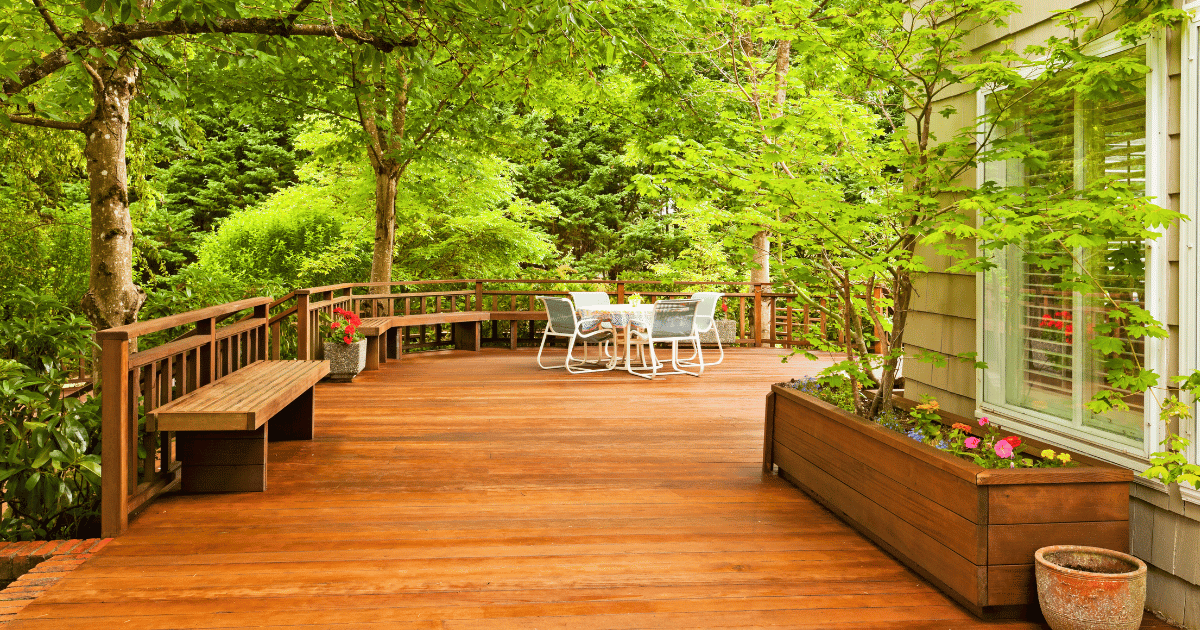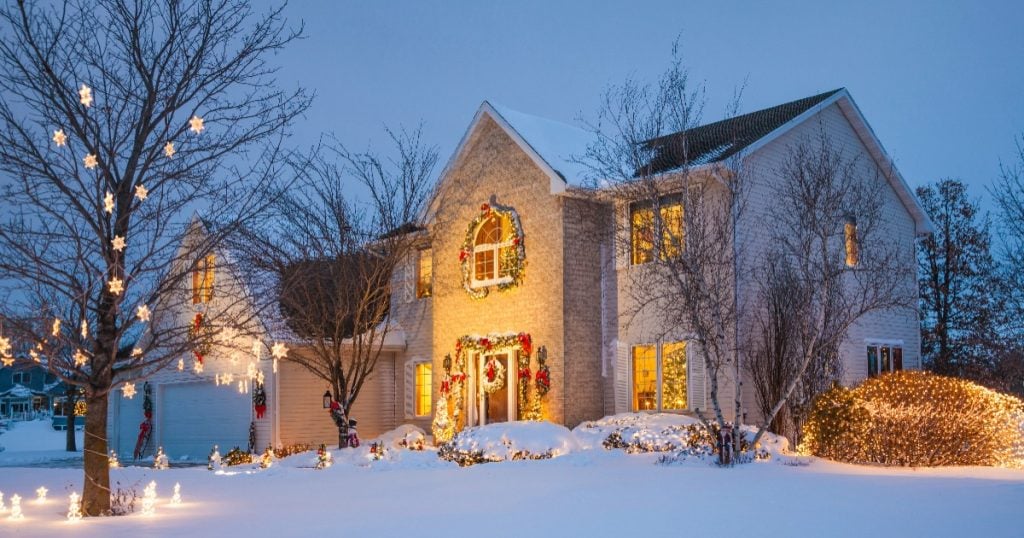Fixed vs. Variable Mortgages: Which One is Right for You?

Picture this: You’ve found your dream home, and now you’re staring at a mountain of mortgage options. The biggest question? “Should I lock in a fixed rate or gamble on a variable one?” It’s like choosing between a cozy, predictable blanket or riding a rollercoaster—thrilling but unpredictable. Don’t stress!
We’re breaking down fixed and variable mortgages in simple terms, so you can pick the right fit for your wallet, lifestyle, and peace of mind. Let’s dive in!
What’s the Difference? Fixed vs. Variable 101
Fixed-Rate Mortgages
- How it works: Your interest rate stays the same for a set period (e.g., 5 years).
- Monthly payments: Predictable. No surprises, even if market rates climb.
- Best for: Budget lovers who hate financial curveballs.
Variable-Rate Mortgages
- How it works: Your rate changes based on the lender’s prime rate (which follows the Bank of Canada’s rate).
- Monthly payments: Can go up or down. Some lenders let you lock into a fixed rate later.
- Best for: Risk-takers who want flexibility and potential savings.
The Pros and Cons: Breaking It Down
Fixed-Rate Mortgages: Stability First
Pros
- No surprises: Your payment stays the same, rain or shine.
- Easier budgeting: Perfect for planners or families with tight cash flow.
- Peace of mind: Sleep well during economic chaos (hello, inflation spikes!).
Cons
- Higher initial rates: Fixed rates are usually pricier than variable ones at the start.
- No savings if rates drop: You’re locked in, even if the market gets friendlier.
- Breakage fees: Ending your term early can cost thousands.
Example: Sarah chooses a 5-year fixed mortgage at 4.5%. Even when rates jump to 6%, her $1,800/month payment stays the same.
Variable-Rate Mortgages: Flexibility with a Side of Risk
Pros
- Lower starting rates: Often 0.5%–1% cheaper than fixed rates upfront.
- Potential savings: If rates drop, so do your payments (or you pay off your mortgage faster).
- Convertibility: Many lenders let you switch to a fixed rate later for free.
Cons
- Payment shock: Rates (and your monthly bill) can rise suddenly.
- Budget chaos: Hard to plan long-term if your payment swings wildly.
- Stress factor: Not ideal for anxiety-prone folks.
Example: Jake opts for a variable rate at 3.5%. Over 2 years, rates climb to 5%, and his payment jumps from 1,600 to1,950. Gulp.
When to Choose Fixed: Play It Safe
1. You’re on a tight budget
- Teachers, retirees, or single-income households benefit from predictable payments.
2. You hate financial surprises
- If checking your bank account gives you hives, fixed is your safe space.
3. Rates are historically low
- Lock in a steal before they rise (like snagging a Black Friday deal).
4. You’re a first-time buyer
- Simplify your life while you adjust to homeownership costs.
When to Go Variable: Embrace the Gamble
1. You can handle risk
- Freelancers or high-earners with emergency savings can stomach rate hikes.
2. Rates are expected to drop
- Economists predicting a recession? Variable might save you cash.
3. You want to pay off your mortgage faster
- Lower starting rates mean more of your payment goes toward the principal.
4. You’re a short-term homeowner
- Selling in 2–3 years? Ride the lower rates without long-term stress.
Fixed vs. Variable: Side-by-Side Comparison

Factor | Fixed-Rate | Variable-Rate |
Monthly Payment | Stable | Can change |
Starting Rate | Higher | Lower |
Flexibility | Rigid | Adaptable |
Best For | Predictability lovers | Risk-tolerant savers |
Breakage Fees | High | Usually lower |
4 Questions to Help You Decide
- “How much can my budget stretch?”
- If a $200/month hike would cripple you, go fixed.
- “How long will I stay in this home?”
- Leaving soon? Variable’s short-term savings may win.
- “What’s happening with interest rates?”
- Check the Bank of Canada’s trends. Rising? Fixed. Falling? Variable.
- “How do I handle stress?”
- If market swings keep you up at night, stick with fixed.
Hybrid Options: The Best of Both Worlds?
- Convertible mortgages: Start variable but lock into a fixed rate later.
- Split-rate mortgages: Divide your loan into fixed and variable portions.
- Short-term fixed rates: Lock in for 1–3 years instead of 5.
Final Tips from Mortgage Experts
- Crunch the numbers: Use online calculators to compare 5-year costs for both options.
- Negotiate: Lenders often offer better rates if you ask (or threaten to walk away).
- Plan for rate hikes: If choosing variable, stress-test your budget at 2%–3% higher.
- Review regularly: Reassess your mortgage at renewal time—your needs might change!
The Bottom Line: Follow Your Gut (and Your Budget)
There’s no one-size-fits-all answer. Fixed rates offer safety but cost more upfront. Variable rates gamble on savings but demand financial resilience. Your choice depends on your risk tolerance, timeline, and how well you sleep at night.
Pro tip: Talk to a mortgage broker! They’ll analyze your unique situation and snag deals you won’t find online.



